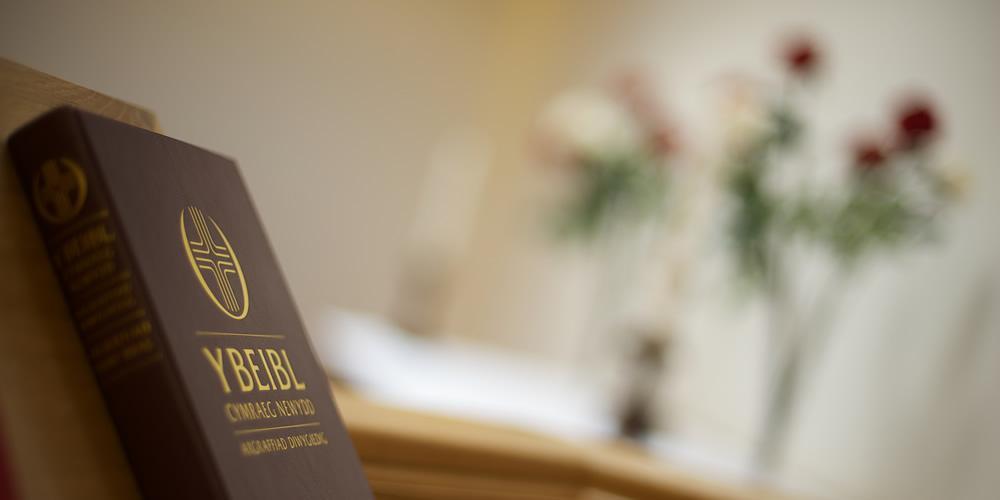
Wales boasts a rich history, spanning back thousands of years. From cavemen to kings, Wales has been centre stage for some of the most significant events in the UK’s history. It is only fitting then that Welsh funeral traditions are just as full of intriguing and significant detail. In today’s article, we take a look at some early Welsh funeral traditions and how they compare to modern day.
Before the Funeral
Traditionally, when a person died, their family would take the responsibility of carefully washing their body before laying it on a table. The water used in the washing would be left under the table, usually for several days, until after the funeral, at which point it would be giving off a rather unpleasant scent.
Mirrors would be covered up and in some cases, the walls would also be covered in white sheets, while curtains were closed to give the family and deceased some privacy. In the room where the person lay, candles would be lit and sweet herbs would be left out.
Before the 17th century, deceased were traditionally covered with shrouds before burial. This practice became less common after the rise in popularity of wooden coffins, with oak coffins being preferred as a symbol of affluence and respect. In some parishes, there would be a communal coffin, which would be retrieved after the funeral to be used again.
The Wake
Unlike funerals in the UK today, in Wales the wake for the deceased would occur over several nights leading up to the funeral, with many visitors coming and going over the days. It was important that the deceased was never left alone before the funeral, so mourners gathered together at the family’s home, drinking wine or beer and the family would provide a meal of bread and cheese. While this may sound celebratory, the atmosphere was always solemn and respectful.
The final night before the funeral was known as gwylnos. There was also usually a chief mourner, who dressed in crepe and sat with their head down, who would be approached by visitors offering consolation.
During the wake, people would bring gifts to the family such as tea, butter, sugar, gingerbread and cake. A person would be stationed at the front door to receive these gifts and respond with ‘diolch a cymerwch attoch’ in appreciation and thanks.
In the mid to late 1900s, wakes were considerably less solemn, as guests would play parlour games and, in households that could afford it, the deceased would be propped up for guests to take photographs with them.
The Day of the Funeral
Before the burial took place, the mourners would all eat a slice of funeral cake with a drink of spiced wine. Everyone would put on black gloves to signify their mourning, with close family members wearing silk gloves and more distant relatives wearing cotton gloves. The body would then be carried to the burial site by the deceased’s family. Along the funeral procession route, candles, known as ‘corpse candles’ were often seen. Much superstition was held around these candles and what the flames represented.
At the graveside, prayers over the deceased were said and hymns were sung. In the 1700s it was traditional to throw a sprig of rosemary into the grave. Following the funeral, mourners would place a silver coin on the gravedigger’s shovel as a token of their gratitude.
It is fascinating to learn how funerals have changed over the centuries and particularly of the instrumental role of the family in organising the funeral and hosting numerous visitors leading up to it. Fortunately these days, where there is a lot more that goes into organising a funeral, professional funeral directors are on hand to help families when the task might otherwise seem overwhelming. Nonetheless, it is heartwarming to see the care taken over the loved one who passed away by their families and the support of the local community in remembering them.
Learn More
If you would like to speak with us directly to learn more, you can get in touch with us by email and phone.